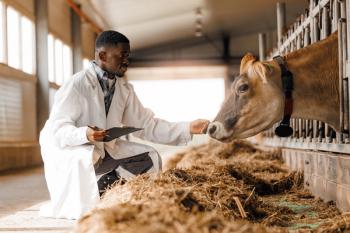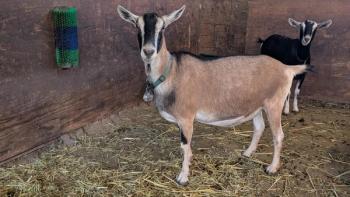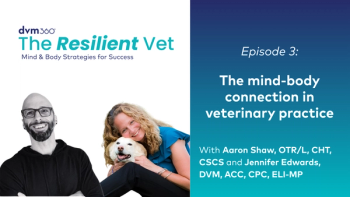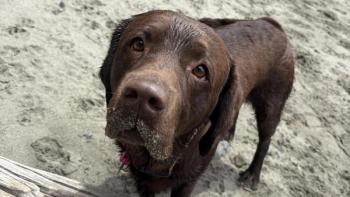
Equine Hepacivirus Research Could Guide Development of Hepatitis C Vaccine
A recent study discovered novel hepaciviruses in horses and could help to provide new information about hepatitis C (HCV).
Hepatitis C virus (HCV) represents a major public health problem, causing acute and chronic disease in an
However, the recent discovery of novel hepaciviruses in different animal species could help to provide new information about HCV. Non-primate hepaciviruses were first discovered in domestic dogs and later in horses. Indeed, Equine hepacivirus (EHCV) has been identified as the closest known relative to HCV. Now,
Robert Mealey, DVM, PhD, from Washington State University, and colleagues were recently awarded a grant by the National Institute of Allergy and Infectious Diseases to pursue this research.
In two recent studies, researchers have described the course of naturally-acquired EHCV in horses. In their first
In their second
The concentrations of liver specific enzymes in the blood also increased in three of the foals when they were about 1-year-old, but not at any other time point, and horses showed no clinical signs of liver disease at any point.
According to the authors, despite developing antibodies against the virus, the horses did not clear the infection during the study timeframe, and remained chronically infected, although the reason for this was unknown.
A recent
“These data extend other recent studies and provide the basis for further studies focused on defining the mechanisms of hepacivirus pathogenesis and the correlates of protective immunity, as well as validate EHCV infection in horses as a translational large animal model for HCV,” Dr. Mealey and colleagues conclude.
Dr. Parry graduated from the University of Liverpool, England in 1997 and is a board-certified veterinary pathologist. After 13 years working in academia, she founded Midwest Veterinary Pathology, LLC where she now works as a private consultant. She is passionate about veterinary education and serves on the Indiana Veterinary Medical Association’s Continuing Education Committee. She regularly writes continuing education articles for veterinary organizations and journals, and has also served on the American College of Veterinary Pathologists’ Examination Committee and Education Committee.
Newsletter
From exam room tips to practice management insights, get trusted veterinary news delivered straight to your inbox—subscribe to dvm360.






